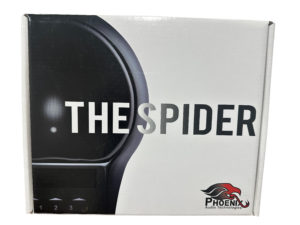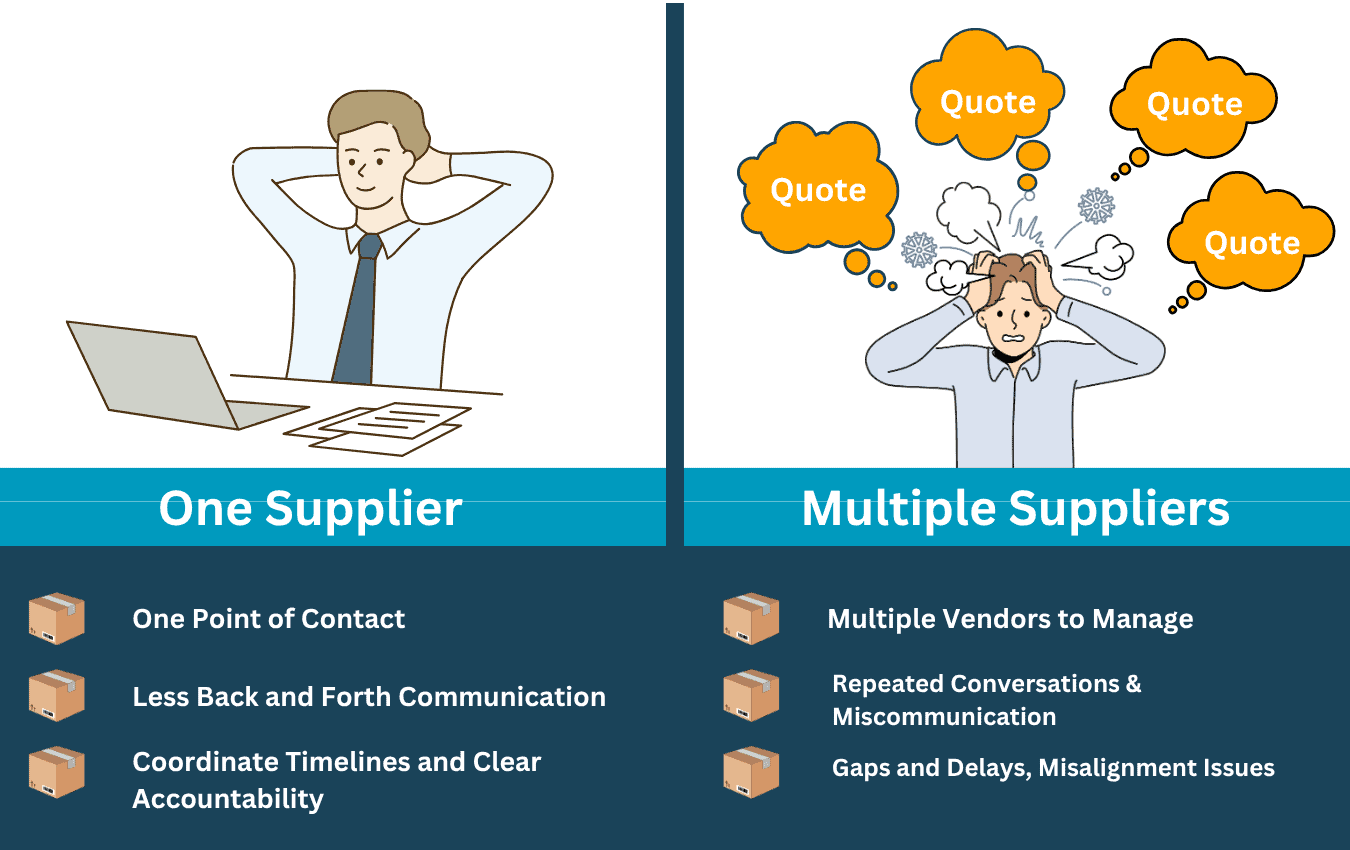Home » How to Determine the Space You Need Inside a Corrugated Box
How to Determine the Space You Need Inside a Corrugated Box
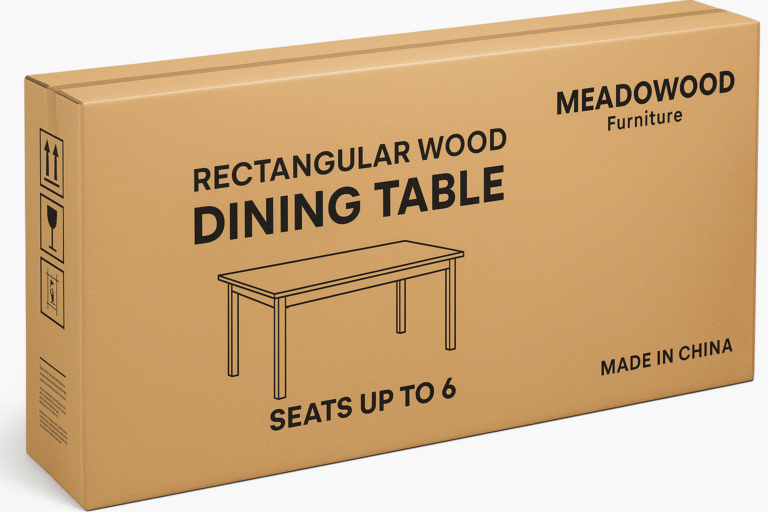
Choosing the right corrugated box size is crucial for product protection, shipping efficiency, and cost savings. Whether you’re packing a single item or multiple products, knowing how much space you need inside the box ensures that products remain secure, undamaged, and optimized for storage and transportation.
Step 1: Measure the Dimensions of Your Product(s)
To determine how much space is required inside a corrugated box, start by measuring your product’s length, width, and height:
- Length: The longest side of the product.
- Width: The shorter side when placed flat.
- Height (Depth): The vertical measurement.
For multiple products, consider how they will be arranged inside the box—whether stacked, side-by-side, or separated with inserts.
Step 2: Add Space for Protection and Cushioning
Corrugated boxes often require extra space to accommodate protective packaging materials like bubble wrap, foam inserts, or dividers. To ensure adequate protection:
- Add at least 1-2 inches around the product for cushioning.
- If using dividers for multiple items, consider the thickness of the divider material.
- For fragile items, factor in reinforced corners or inserts that prevent movement.
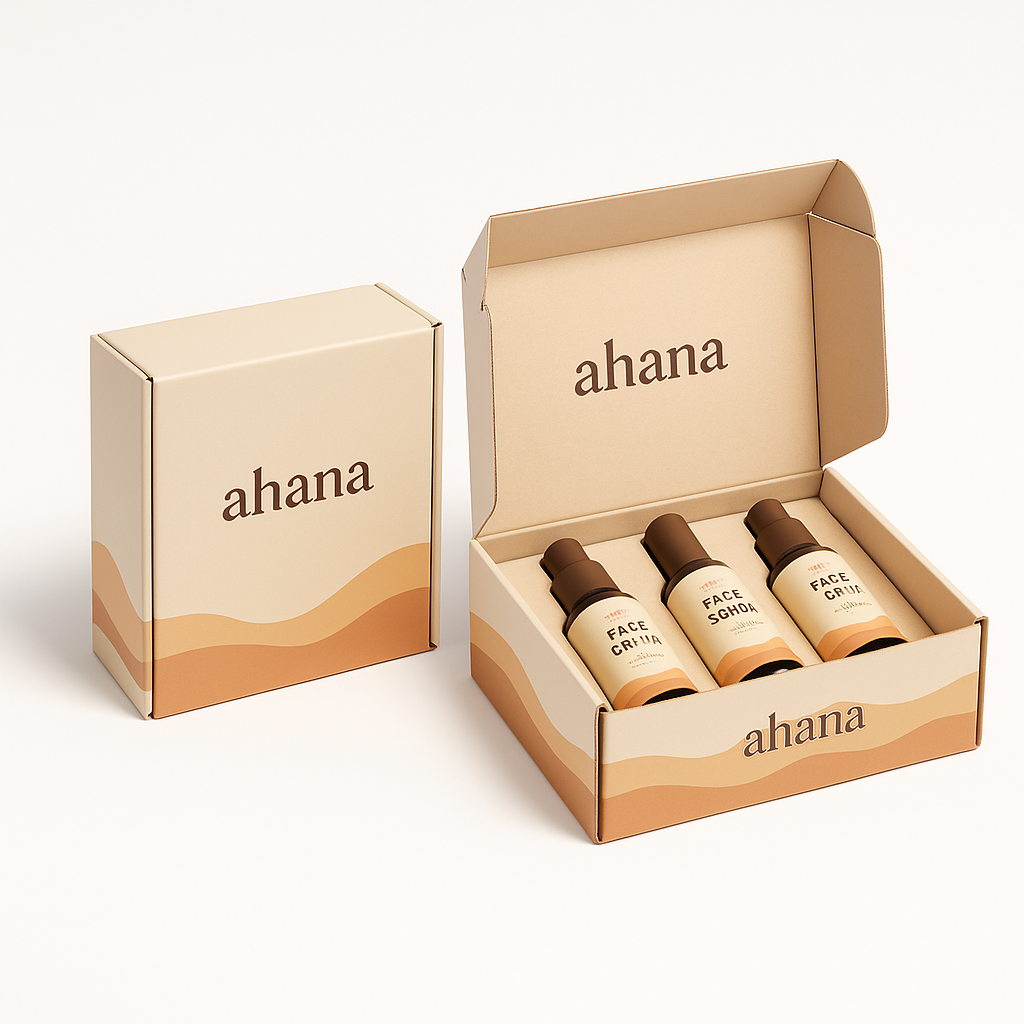
Step 3: Determine the Optimal Box Style
Different box styles offer varying levels of internal space efficiency. Common options include:
- Regular Slotted Container (RSC): Standard box with flaps for easy packing.
- Full Overlap Box: Adds extra strength for heavier products.
- Die-Cut Box: Custom-fitted designs for exact product sizing.
- Mailer Boxes: Compact and stylish for eCommerce shipments.
Selecting the right style ensures that space is maximized while minimizing excess voids.
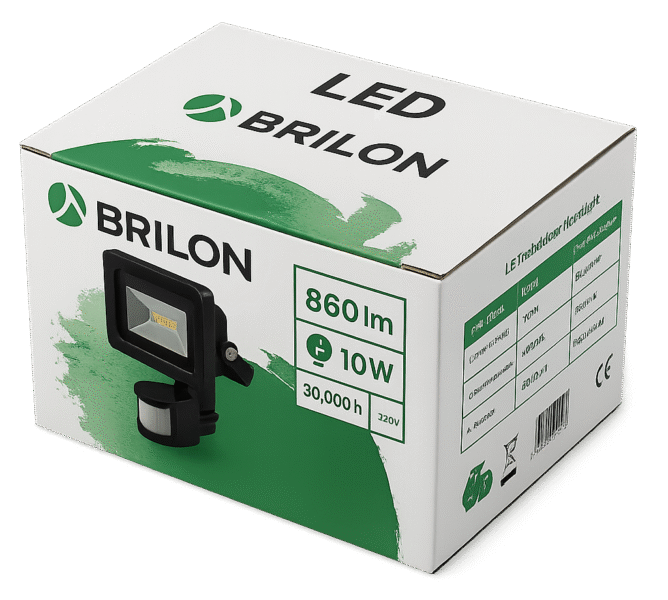
Step 4: Consider Stacking and Shipping Constraints
If your product needs to be stacked or palletized, box dimensions should align with standard pallet sizes to maximize storage efficiency. Additionally, consider:
- Weight distribution to prevent box crushing.
- Dimensional weight pricing from carriers like UPS and FedEx, where oversized boxes cost more to ship.
- Warehouse storage limitations for bulk packaging.
Step 5: Test with a Sample Box
Before committing to a final box size, order a prototype or sample box and perform a test fit. This helps verify:
- The fit and protection level of your product.
- Whether additional cushioning materials are needed.
- How easy the packaging is to assemble and seal.
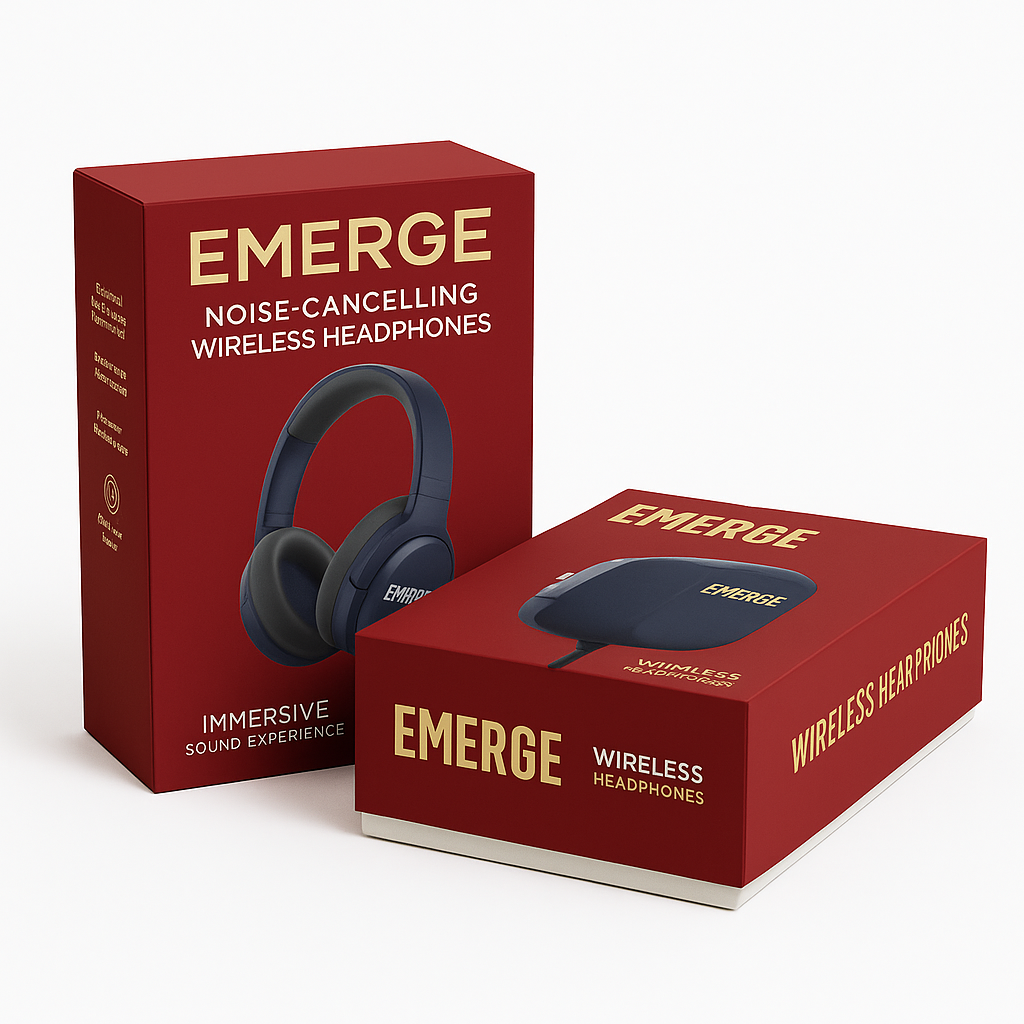
Final Thoughts: Optimizing Space in Your Corrugated Box
Finding the right amount of space inside a corrugated box is a balance between product fit, protection, and shipping efficiency. By measuring accurately, accounting for protective materials, and testing with samples, businesses can reduce shipping costs, minimize damage, and improve packaging efficiency.
Need help designing the perfect corrugated box for your products? Contact Brown Packaging today to find the best packaging solution for your needs!
Functional features like tear strips, windows, and hang tabs can enhance consumer experience and retail appeal—but they also introduce engineering challenges. Each modification affects structural strength, converting efficiency, and cost.
Phat Snax is redefining the snack aisle with a mission to make America’s snacks better for you — without killing the flavor. Their products, like the Devil’s Cake, are high
When choosing corrugated packaging, box style directly impacts cost, strength, speed of packing, and customer experience. Two of the most common options are the Regular Slotted Container (RSC) and the
The holiday season pushes packaging supply chains to their limits. With surging e-commerce demand, constrained carrier capacity, and rising material costs, packaging buyers must navigate a complex landscape. The right
Home » How to Determine the Space You Need Inside a Corrugated Box


